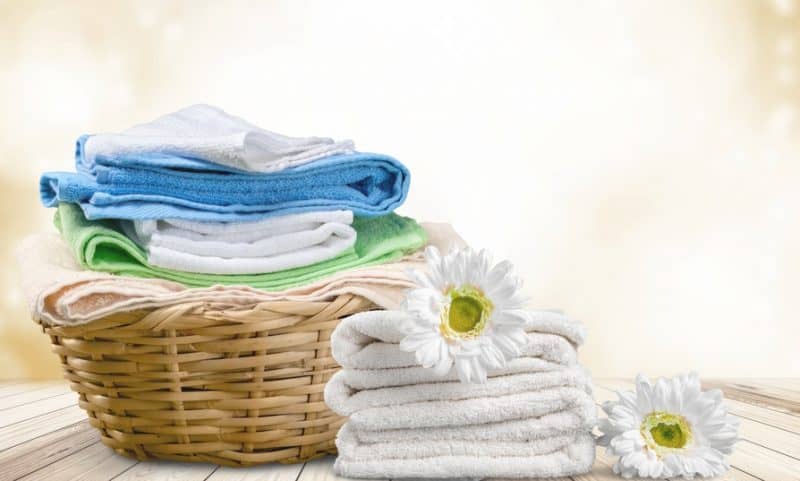Occasionally, you have a laundry issue that is just… gross. A smell, a residue, a stain, they’re all a pain, but some more than others. Here is a small collection of tried-and-true techniques from pros across the web who cracked the code on getting clothes clean after the worst messes. Hint: Vinegar is truly a workhorse.
Stinky Thrifty Finds
Donating clothing is a wonderful concept. More than 14.3 million tons of clothing are donated by Americans each year, and these donations help clothe people worldwide. Domestically, clothes donations go towards homeless and low-income families, and thrift stores are also heaps of fun for the adventurous and savvy shopper.
Unfortunately, anyone who has thrifted knows the universal smell that comes with it: something old, musty, like the smell of your grandparents’ house. Not very pleasant, and sometimes it’s very stubborn to wash out of clothing. The thrifting experts on the Thrifty Fun forum have many suggestions for removing the dreaded old person smell, but a popular solution is adding a little white vinegar to the rinse water.
Poison Ivy And Similar Oils
You’re going on a nice nature hike, or maybe camping. Possibly you’re just bumming around in your own backyard. And what do you see around the ankles of your pants? Uh oh — is that poison ivy? The plant is found in every mainland U.S. state, and at least 85% of people are allergic to the itch-inducing urushiol oils on the surface of its leaves. You can avoid it on your skin with proper clothes precautions (i.e. long pants and sleeves), but what about when the oil gets on your clothes?
When firefighters were working overtime in camps to fight the California and Oregon wildfires this summer, they realized that poison oak oils (also urushiol) were getting onto their gear and causing them to have reactions later. Enter the mobile laundry services that roll into these firefighting camps and clean the mountain of itchy, dirty laundry that piles up. To remove all traces of urushiol oil from the clothing, the laundry services use a blend of vinegar, baking soda, and unscented laundry detergent. Using disposable, non-permeable gloves to handle the clothing and multiple washes in the hottest water possible are highly recommended by experts.
Stained and Fresh Blood
Blood is notoriously one of the trickiest stains to banish. Beginning the cleaning process while it’s fresh is best, of course; as soon as any blood gets on clothing, rinse both sides of the affected cloth with not warm, not hot, but COLD running tap water. Next, take a gentle soap, even hand soap will do, and gently scrub and work it into the affected area. It should help to clean most of the blood residue out of the fibers. While the clothing is still wet, get it in a regular cold-water laundry cycle ASAP. You should have minimal or no staining when it emerges from the washer.
If you have a dried blood stain to wash out, you can use the same method. Bar soap works best for scrubbing at dried stains. If it’s particularly stubborn, try soaking it in white vinegar (again!) for about 30 minutes.
Next time you have these common laundry emergencies, try out these sworn-by cleaning methods and you’ll find they disappear like magic. Now, skunk smell — that’s one we have to debunk soon.



